Oligospermia
Oligospermia is a condition in which the number of sperm in a man’s semen is lower than normal. It can be caused by a variety of factors, including genetic and environmental, and can lead to infertility. Oligospermia can also be caused by lifestyle factors such as smoking, excessive alcohol consumption, and drug use. Treatment for oligospermia usually involves lifestyle changes and medications to improve sperm production. In such cases, the IVF procedure and other procedures are taken into consideration under a good Fertility IVF Centre to help the couple conceive.
Causes of oligospermia
- Varicocele (enlarged veins in the testicle)
- Some infections
- Retrograde Ejaculation (semen is ejaculated inside the body rather than outside)
- Hormonal imbalance (low testosterone, high prolactin levels)
- Undescended testicles
- Any disorders like diabetes, thyroid or multiple sclerosis
- Celiac disease
- Recreational drugs (Alcohol, cocaine, marijuana)
- Anabolic steroid use
- Chronic stress
How is oligospermia diagnosed?
Oligospermia or low sperm count is diagnosed with semen analysis where the sperm count is performed. The normal sperm count is 15 to 200 million sperm in one ml of semen. If the numbers are less than 15 million, then it is oligospermia. The physical examination will look for any anatomical abnormalities that could be contributing to the low sperm count. Semen analysis is done to measure the concentration of sperm cells in the ejaculate and to evaluate their motility and morphology. If required, the cause behind oligospermia is found by performing some imaging studies (ultrasound) and blood tests as well.
What is the difference between oligospermia and azoospermia?
Oligospermia and azoospermia are two different types of male infertility that are caused by low sperm count. Oligospermia is a condition in which the number of sperm in the semen is below normal, while azoospermia is a complete absence of sperm. In both cases, the reason can be some bad lifestyle habits such as smoking, drinking, drug abuse, genetic factors or medical disorders. Treatment for both conditions includes lifestyle changes, medications, or surgery.
How is oligospermia treated?
The treatment of oligospermia depends upon its cause. For example, if oligospermia has occurred due to varicocele, then varicocele is treated. In other cases, hormone supplements, lifestyle changes, weight management, and infection treatment are advised. If that doesn’t work, then other ways such as ICSI treatment and IVF treatments are preferred at the best IVF centre in Agra such as Shanvi IVF.

With access to
24 Hour
Emergency
Assistance
A 24-hour emergency service is available to assist you. If you need help, please call us and we will be there as soon as possible.


